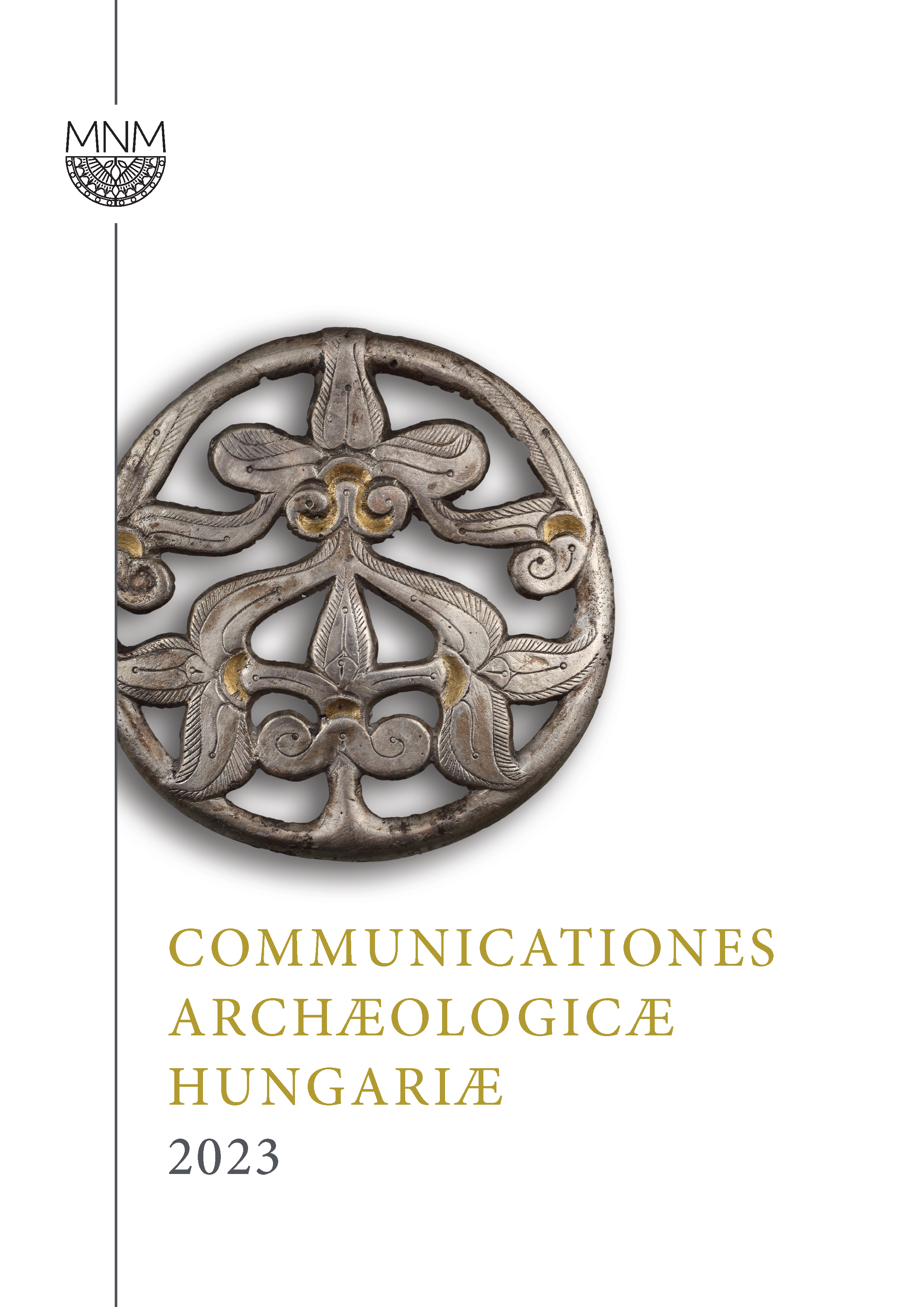Published 2023-12-16
Keywords
- hilltop settlements,
- Urnfield period,
- Ha B1-Ha B2,
- hoards,
- metal detector survey
How to Cite
Abstract
In January 2023, the National Institute of Archaeology of the Hungarian National Museum launched a new research programme, the aim of which is to explore Somló Hill (Veszprém County), which has been neglected by systematic field research focusing on the Late Bronze Age (LBA) and Early Iron Age (EIA) inhabitation of the site. In the current phase of the research programme, new, preliminary results have been provided on the settlement history of the site, primarily through a systematic metal detector survey. Based on the discovered metal objects, the south-eastern plateau of Somló Hill was inhabited primarily between the Rei Br C and Ha B2 phases, and life on the settlement was probably continuous during the Hallstatt Culture in EIA. In addition to briefly introducing our preliminary results, one of the four hoards, Hoard II from Somló Hill, is introduced. This assemblage was found by Győző Csaba Budai, a volunteer, on the once-inhabited part of the south-eastern plateau. Owing to his discovery, the in situ hoard was documented in excavation. The hoard consists of a handful of objects belonging to a few people, such as a gouge, six Lovasberény-type bracelets, three bracelets with rolled ends, two lumps, and a pseudo-winged axe. The arrangement and grouping of the objects within the assemblage reflect deliberate selection and deposition. The typo-chronological analysis of the objects from the second hoard of Somló Hill suggests that the assemblage was deposited around the younger LBA phase of the settlement in the Ha B1–Ha B2 phases.


